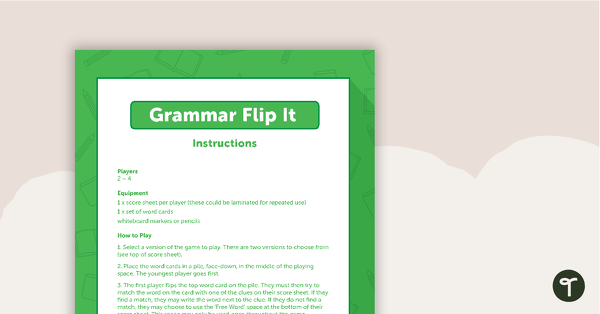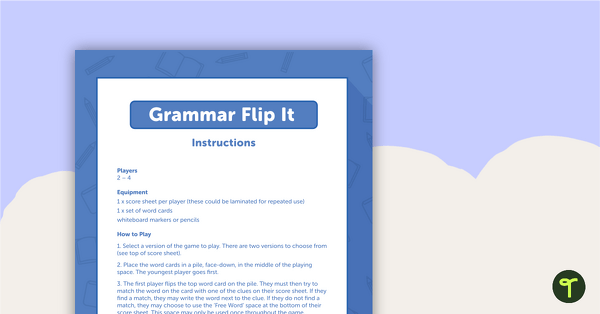Download this list of persuasive devices for your students to refer to when writing a persuasive text.
The Ultimate List of Persuasive Techniques
Rhetorical questions, modal language, rule of three, hyperbole… There are a lot of persuasive devices for our students to learn, understand and use! Wouldn’t it be wonderful to have a handy cheat sheet listing the most common persuasive devices, what they are used for and a contextual example? You are in luck… such a resource DOES exist!
This two-page list of persuasive devices is a student’s go-to resource for understanding and employing the most common persuasive writing techniques. Each device comes with a clear and concise definition, eliminating confusion and ensuring your students understand the nuanced ways these devices work their magic in language. For each device, an example is provided so that students can see the device at work in the context of a persuasive sentence.
Here is one example from the cheat sheet:
- Device – Hyperbole
- Definition – An exaggerated, over-the-top statement that makes an issue or problem seem far more serious than it is.
- Example – Children who do not own a pet will grow into ignorant adults who have no idea how to care for other living creatures.
The list contains the following persuasive devices:
- Inclusive language
- Emotive language
- Modal language
- Rhetorical questions
- Repetition
- Alliteration
- Simile and metaphor
- Hyperbole
- The rule of three
- Evidence
This list of persuasive techniques with examples downloads as a printable PDF or editable Google Slides document.
Encourage your students to keep this list of persuasive devices on hand whenever they need to write a convincing persuasive text. Armed with this knowledge, your students will approach their writing tasks with greater confidence, knowing they have a powerful arsenal of persuasive devices at their disposal!
A Versatile Resource for Exploring Persuasive Techniques
This two-page summary sheet that highlights the most common persuasive techniques is a valuable resource for students. Here’s how your students could effectively use this cheat sheet:
- Text Analysis – Assign specific persuasive texts to the students, such as letters to the editor, advertisements or speeches. Using the cheat sheet, students can identify the devices used by the author and explain how they contribute to the overall persuasiveness of the text. This analysis helps them become more critical readers.
- Reference Guide – Encourage students to use the list of persuasive techniques as a reference guide when writing persuasive texts. It serves as a toolkit, helping them choose and implement persuasive devices effectively to make their arguments more compelling.
- Peer Review Sessions – During peer review sessions, teachers can guide students to identify and evaluate persuasive devices in each other’s writing using the cheat sheet as a guide. This not only enhances students’ understanding of the devices but also promotes collaborative learning and constructive feedback.
Download This List of Persuasive Devices
Use the Download button above to access either the printable PDF or the editable Google Slides version of this persuasive techniques list. (Note: You will be prompted to make a copy of the Google Slides template on your personal drive before accessing it.)
Perfect for student workbooks, this resource makes a great starting point when it comes to exploring persuasive writing techniques with your students.
More Resources Targeting Persuasive Writing Techniques
Teach Starter has more great resources to save you time when teaching persuasive writing techniques to your class. Click below for some more curriculum-aligned, teacher-created activities!

teaching resource
Persuasive Devices Teaching Slides
Explore persuasive language devices with your students using this detailed and age-appropriate slideshow perfect for your persuasive writing unit.

teaching resource
Using Persuasive Devices Worksheet
Use this persuasive devices worksheet to help your students create persuasive device examples based on a specific topic.

teaching resource
Persuasive Devices Sorting Activity
Explore persuasive devices with your students using this set of sorting cards.












0 Comments
Write a review to help other teachers and parents like yourself. If you'd like to request a change to this resource, or report an error, select the corresponding tab above.